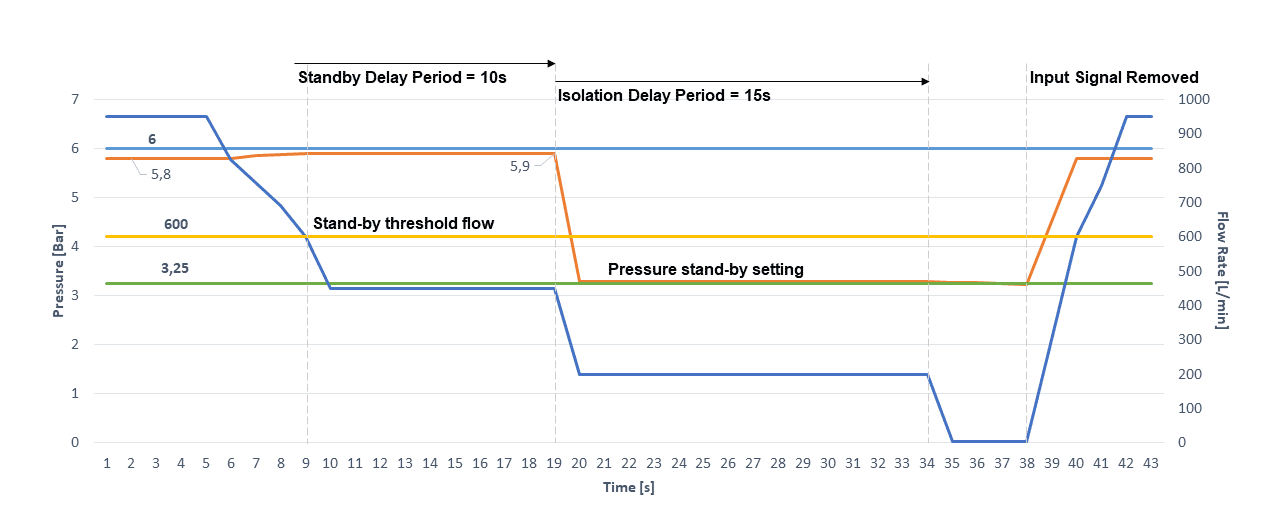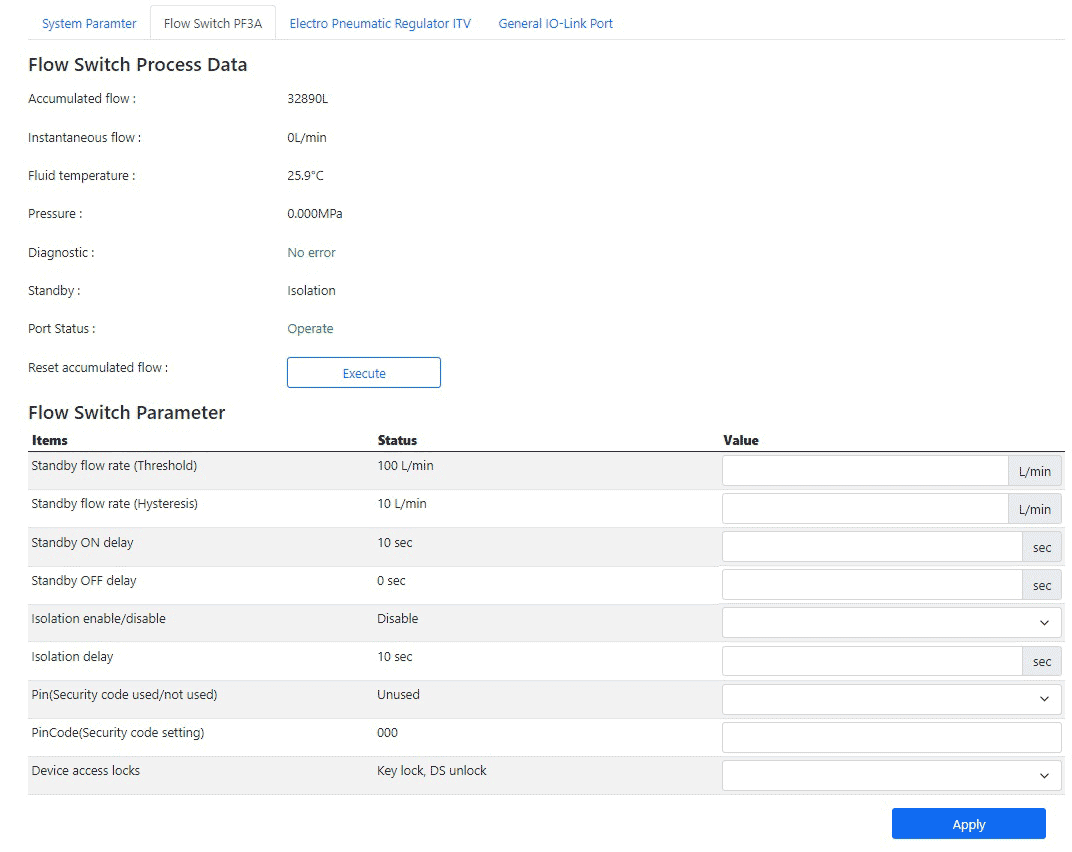Opening the ISO/TR 22165 Technical Report, which deals with energy efficiency improvements for pneumatic systems, and scrolling through the introduction, we find this sentence: " Only if the machine is optimally adapted to need (e.g. working cycle, precision, grade of automatisation), can the energy concept developed for it work”.
 By Danilo Giordana, Energy Efficiency Project Manager, SMC Italy
By Danilo Giordana, Energy Efficiency Project Manager, SMC Italy
JUNE 2023
What does 'optimally adapted' mean? Beyond a design aimed at creating consistency between productivity and consumption, which in itself is not a given, we can identify three avenues for answering this question. .
First of all, the concept of digitization, i.e. the collection of data over time to analyse the behaviour of the respective machine and compare it with similar machines. Nowadays, there is a lot of talk about this, but the current state of the machines park is still far from full digitization.
Secondly, there is the Condition-Based Maintenance (CBM) option, which helps improve functional efficiency. Only by attaining the optimal operating conditions of a machine, also from a pneumatic point of view, we establish a sort of "fingerprint" of the machine and we will be able to promptly detect any deviation.
Thirdly and finally, the machinery must perform its function in a sustainable and energy-efficient manner, consuming only the bare minimum and when required.
 SMC´s Air Management System – AMS20/30/40/60 Series (Photo 1 & 2). In the hub's display you can see the parameters displayed in real-time: pressure, instantaneous air flow, air consumption value, fluid's temperature.
SMC´s Air Management System – AMS20/30/40/60 Series (Photo 1 & 2). In the hub's display you can see the parameters displayed in real-time: pressure, instantaneous air flow, air consumption value, fluid's temperature.
Let us now analyse how the SMC system, called Air Management System, responds to these imperatives (photo 1). In regard to the first two aspects, digitization and CBM, the system gathers data relating to pressure, temperature, instantaneous flow, consumption, machine stops and deviations due to air leakages and transmits everything to the plant computer set up to collect and analyse data. Data is sent via Ethernet-IP/OPC UA or Profinet/OPC-UA; or EtherCAT, via Open Platform Communications United Architecture (OPC UA) protocol. The core of the system, called the Hub, is connected via an Ethernet cable and can act as a collector for additional ten Hubs. The device display already allows viewing some key parameters in real time (photo 2). Each Hub incorporates an additional IO-link port allowing to connect an additional device utilising the same communication protocol, to meet specific user's needs.
On the other hand, as regards the energy saving and the consequent reduction of CO2 emissions, based on user's parameter customization, the system is able to recognize when the machine stops due to any unforeseen event. After a set time established by the process engineering, the Air Management System puts the machine in stand-by mode, by reducing the pressure to a set value, thus saving energy. It should be noted that there is a direct correlation between the pressure level and the energy consumption value. After a certain time, which can also be predetermined, the system can completely isolate the machinery until the next restart.
What makes Air Management System adaptable?
The possibility to program the system directly via the Web Server function (photo 3); by connecting a notebook to the device, it is possible to program the threshold and set the time for placing the machinery in stand-by, and, if necessary, for disconnecting it completely from the pneumatic network. This feature makes it really easy for a production manager to customize the machinery's operation and thus reduce energy consumption. The key parameters of the device can also be easily programmed from product's keyboard, so the production manager is always able to easily change the settings. By programming the Air Management System utilising this method, there is no need to modify the machine's PLC program; even a machine with relay logic can be made "smart" in regards to energy consumption and sustainability.
 Operation chart, numerical values are for illustration purposes
Operation chart, numerical values are for illustration purposes
In regards to installation, the system must be placed at the machinery's inlet or at the application to be controlled. A final interesting aspect, hinted to above, especially for a production site with an existing machines park, is that the intelligent unit is available in two configurations: "base" or "remote" Hub. The base is connected to the monitoring computer via an Ethernet cable, but the same base Hub can collect signals from ten remote Hub modules via wireless connection, with a range of up to one hundred metres. Data from eleven machines – or even twenty-two if the additional IO-link port is utilised – can be collected from a single physical connection point, with considerable advantages in terms of ease of installation and network layout costs. The base and remote systems are currently available in the following configurations: Ethernet-IP/OPC UA or Profinet/OPC-UA; or EtherCAT. The option of connecting the devices via cable only is also available. Finally, the system is totally open and interfaces with any power management software available on the market. Thus, a technological and customized upgrade of existing machines becomes easy and cost-effective.
To recap and revisit the original question: adapting a machine to optimally meet the needs means the best possible design and equipping it with modern systems that allows monitoring, detecting potential problems in advance and consuming as little energy as possible. With the Air Management System system, meeting these goals is truly within everyone's reach.
 Programming page via the Web Server function. Note that these are simple operating parameters to be entered in the predefined fields only.
Programming page via the Web Server function. Note that these are simple operating parameters to be entered in the predefined fields only.